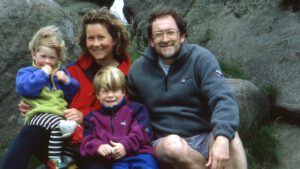As a young girl, Alison Hargreaves would sit at her school desk in the village of Belper in the English Peak District and gaze longingly at the beautiful mountain peaks that seemed to beckon her. She was fascinated by mountains, and furthermore, the Derbyshire school encouraged its students to enjoy outdoor activities, and she began rock climbing when she was just 13.
Her parents often organised family holidays in the country too. Alison Hargreaves was destined to become Britain’s top female climber.
“It is better to live one day as a tiger than a thousand days as a sheep”
Old Tibetan saying
The early days
Alison left school. Shortly afterwards, she met Jim Ballard, who was also an enthusiastic climber and skier. They opened a climbing equipment shop together and would later marry and have a son and a daughter – Tom and Kate.
In the years that followed, Alison began climbing mountains in the UK, the Alps and Nepal. By the mid-1980s, she was already recognised as one of Britain’s top female climbers with an undeniable skill and confidence in the mountains.
Yet, interestingly (and probably because she was a woman), Hargreaves always remained an outsider in British climbing circles.
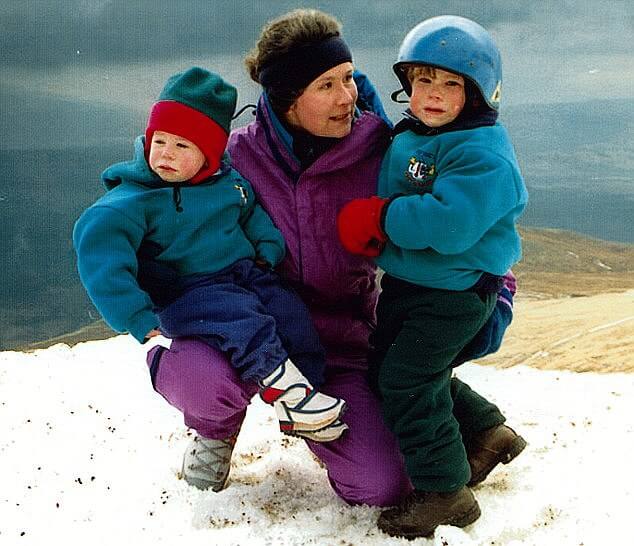
American climber Jeff Lowe asked her to join an expedition to the Himalayas. In 1986, They ascended Kantega Peak in Nepal via a completely new route. During this expedition, Hargreaves saw Mount Everest for the first time and vowed she would conquer it. In July 1988, she certainly caused a stir when she climbed the north face of the Eiger while six months pregnant with her son, Tom.
With two young children, Alison could not tackle any of the big mountains. So her climbing was confined to the Derbyshire Peaks and the Alps. However, her sights remained fixed on being Britain’s top female climber and returning to climbing.
The first ascent of Mt Everest
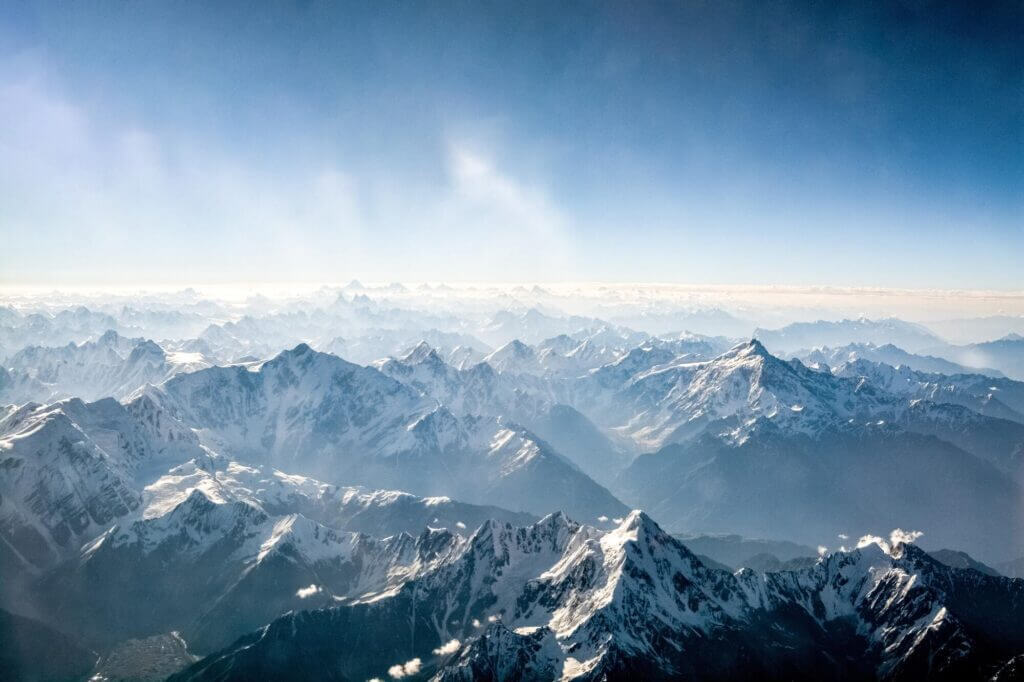
In October 1994, Alison Hargreaves made her first attempt to climb Mt Everest in the Himalayas. At 8,849 metres, Everest is the world’s tallest mountain on the planet. Hargreaves was tackling the mountain totally on her own. She had no support. Unfortunately, she was forced to turn back – as there was a significant risk of frostbite.
Ben Nevis beckons
Things were not running smoothly for the family as there were financial problems. Hargreaves had recently become a professional mountaineer and the main breadwinner. She and Jim had had to close the climbing shop they ran in Derbyshire, which had helped to fund Alison’s expedition to continue as Britain’s top female climber.
In addition, the couple had faltered on their mortgage repayments. Their mortgage lender repossessed their home In early 1995, and the family moved to Spean Bridge in the Scottish Highlands near Fort William. This meant Alison would be closer to Ben Nevis, where she could train in Alpine conditions for Everest.
The children followed in their parents’ footsteps. They were soon competent skiers and climbers. Tom would later leave Fort Williams to pursue his climbing career.
The world’s three highest peaks – a challenge for Britain’s top female climber
In 1995, Hargreaves began her quest to climb the three most prominent mountains in the world – Everest, K2 and Kangchenjunga – within a single year, unaided.
This would be a fantastic achievement- never done before. Her first challenge was to climb Everest solo, which she did in May 1995. She climbed the north side up to the North Ridge and had Sherpa’s support until she reached Advanced Base Camp (ABC). From there on, she carried all her equipment, pitched her camps and used no supplementary oxygen supplies. Hargreaves wanted to climb ‘solo’. She even refused the offer of cups of tea from other climbers! On 13 May 1995, she made it to the summit of Everest – the first woman ever to do so
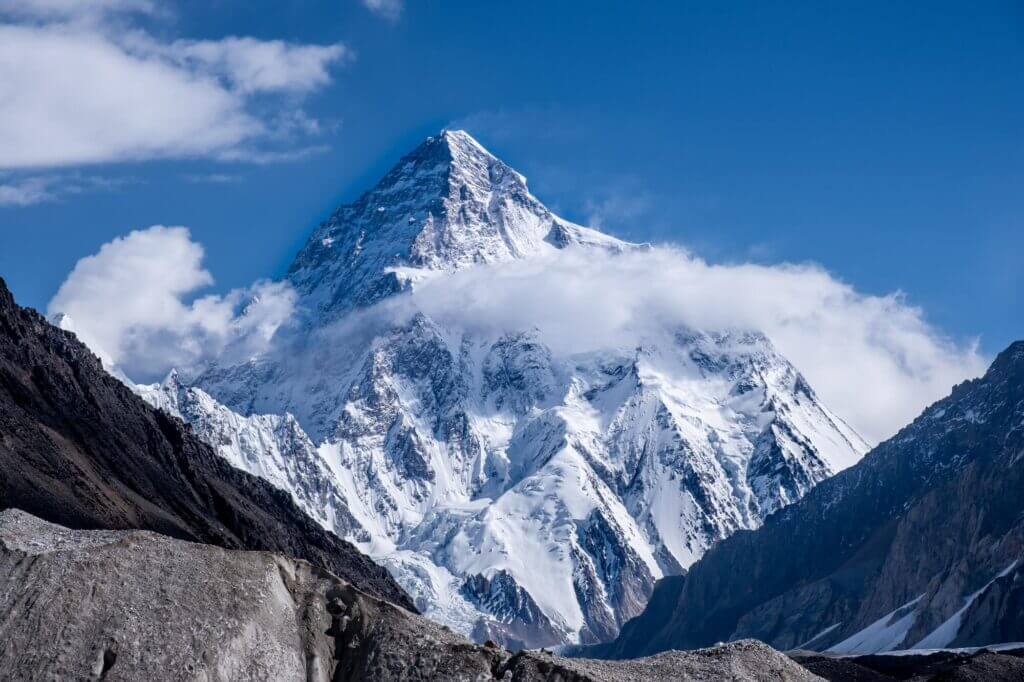
Within just a few weeks, Hargreaves was already in Pakistan, preparing to tackle her second mountain – determined to reach the summit of K2. Known as a challenging mountain, K2 stands in the Karakoram Range on the Pakistan/ Chinese border.
She joined up with a team of ten other climbers. Apart from this, she climbed solo without supplementary oxygen from Base Camp to the summit. K2 was always treacherous, and the weather was not good.
The climbers left for the summit on 9 August. When they reached Camp 3, it had vanished, buried in snow. There had been an avalanche just days before. This is a frequent event on K2. The climbers searched for their tents before subsequently pressing on to Camp 4- Camp 4 was luckily still intact. On 12 August the weather was good for climbing. Alas, the climbers felt too exhausted to make the ascent, so they rested at Camp 4 instead.
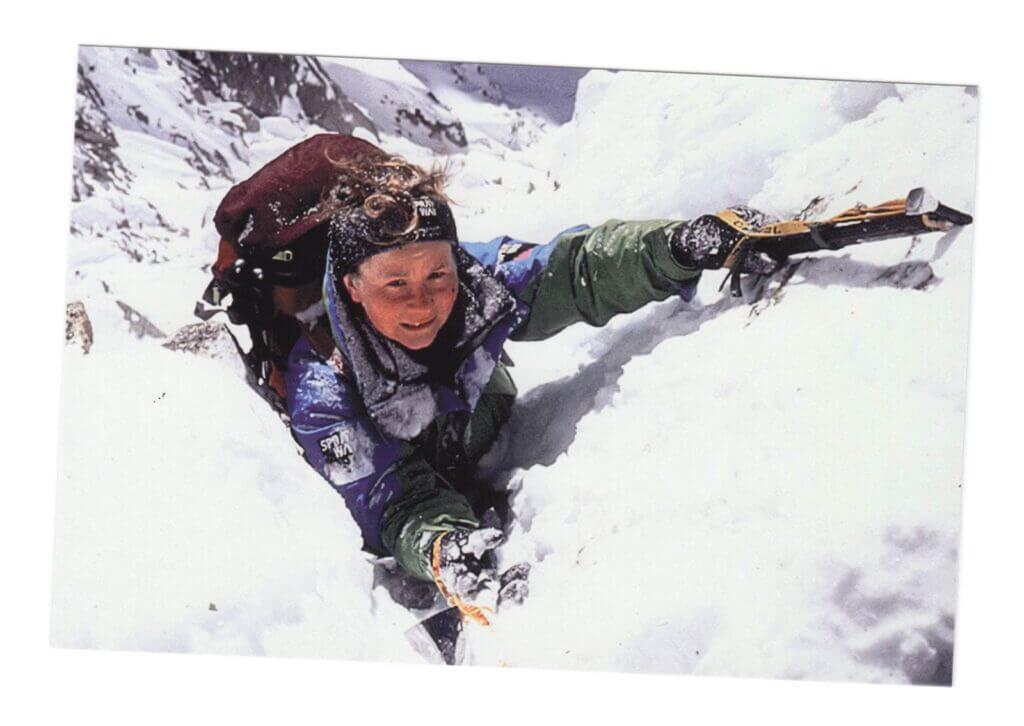
The ascent of K2
The first climbers left for the summit of K2 at 02.00 on 13 August. The bad weather conditions made five of them decide to turn back before reaching the infamous Bottleneck Couloir. This group of climbers included Peter Hillary, son of Sir Edmund Hillary. Alison Hargreaves stayed in the group of six, heading for the top. She reached the summit at 18.17 that evening. As the climbers started their descent, they soon became caught up in a tremendous storm. The weather tossed five of them from the mountain. They fell down its South Face. The sixth climber got back down to Camp 3, where he died from exhaustion.
A climbing boot was spotted on the mountainside (14 August). It was one of Alison Hargreaves’ boots. The boot was thousands of metres below the summit. Climbers also spotted the body of Britain’s top female climber lying in thick snow. Despite several attempts, they were unable to reach it.
Alison Hargreaves had lost her life to the mountains at just 33 years old.
The media lashes out at Britain’s top female climber
When the news broke that Alison and five other climbers had lost their lives on K2, the world’s media focused more on Alison’s private life than her many climbing achievements. Furthermore, there was much criticism that she had pursued her mountain climbing when she had a young family. Alison had a six-year-old son and a four-year-old daughter. Many journalists branded her as uncaring and self-centred. It should be noted that male climbers with families do not face the same criticisms!
Alison Hargreaves came under attack from the media when she left for K2. Journalists asked whether it was right to tackle these potentially dangerous mountain peaks as a mother with young children at home. In an interview, she explained that no climber sets out on a climb if they think it will cost them their life. Furthermore, She explained how she felt as she embarked on a climb–
“There is a lot of effort from other people who are supporting you. It’s a fear of failure.”
Her passion for mountain climbing caused a furore! The book Regions of the Heart by David Rose and Ed Douglas makes an interesting read as it reveals public opinion at the time.
Fate deals the family a second blow
Following the tragic death of Alison Hargreaves, her husband, Jim Ballard, said that undoubtedly, he and their children would continue to climb, walk and ski. But, importantly, the children would make their own decisions when they were older.
Tom Ballard definitely shared his parents’ passion for climbing. After finishing school, Tom Ballard tackled some of the world’s most challenging peaks.
Notably, these included Pizzo Badile, the Matterhorn, Petit Dru and the Eiger. He became a record-breaking climber and earnt the nickname ‘King of the Alps’! Tom Ballard (30) and the Italian climber, Daniele Nardi, decided to tackle Nanga Parbat (Diamer) in Pakistan without a doubt. At 8,126 metres, it is the world’s 9th highest mountain. Unfortunately, they never returned from the expedition. Jim and Kate Ballard had lost two family members to the mountains… not only Alison but also Tom. Moreover, they had died just 100 miles and 24 years apart.
Alison Hargreaves’ the climbing pioneer
Alison Hargreaves was an innovative mountain climber and author. She loved the mountains and had great confidence climbing the world’s greatest ones.
Her highest accolade is that she completed a solo ascent of Mt Everest without the support of Sherpas. This meant she carried her equipment and supplies of bottled oxygen. She was the first woman and only the second mountain climber to achieve this. Subsequently, Alison Hargreaves was the first female climber to solo climb the six north faces of the Alps in one season. This was in the summer of 1993. Live her story! Through the pages of A Hard Day’s Summer – published in 1994.
The legacy that Alison Hargreaves has left to the climbing community is her inspiration and incredible love for the mountains…

